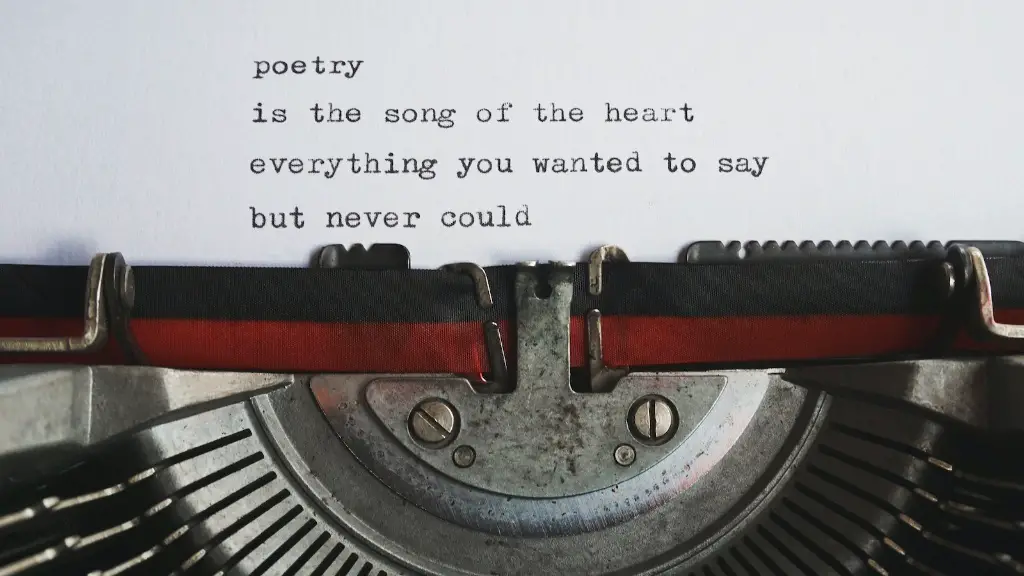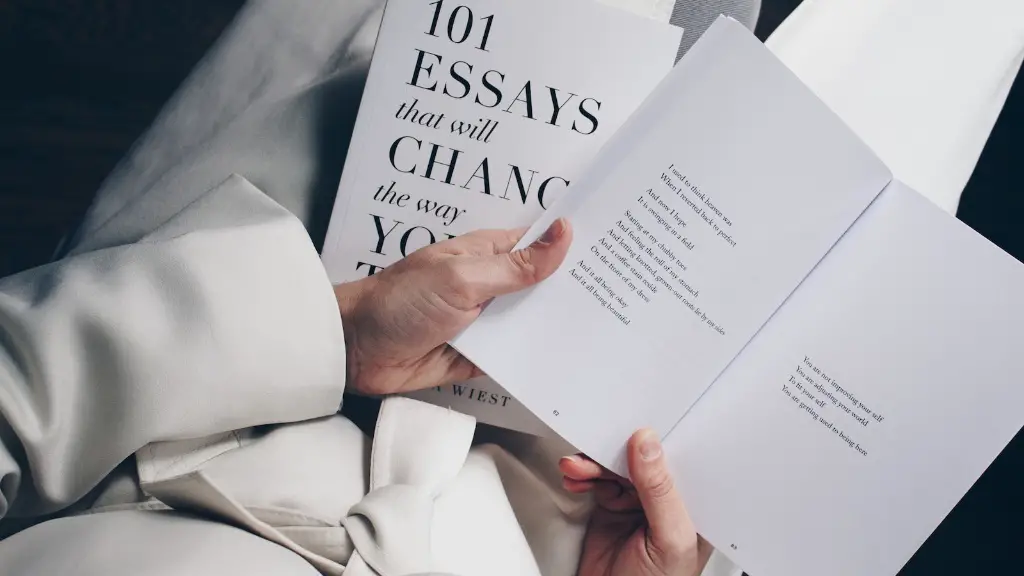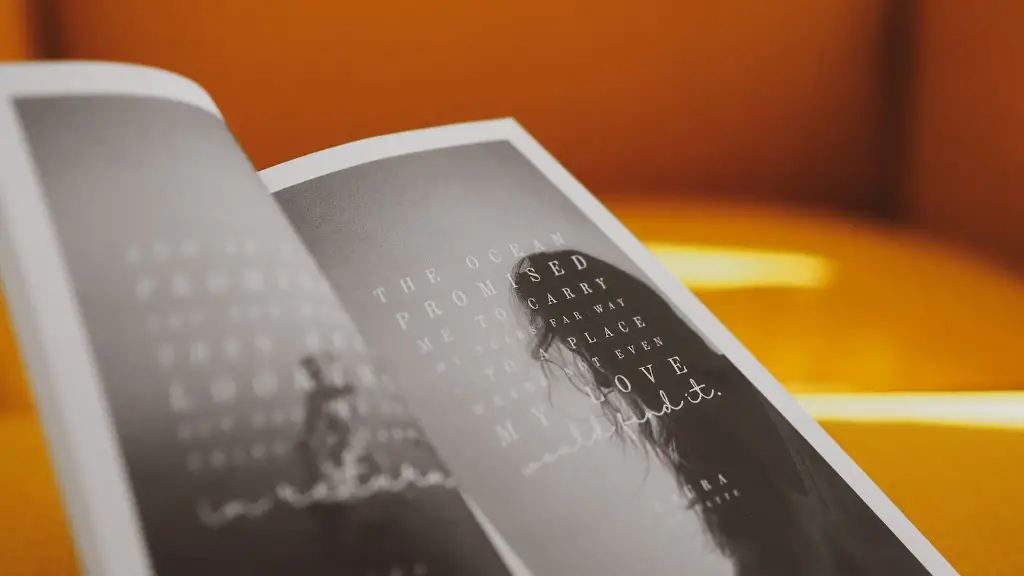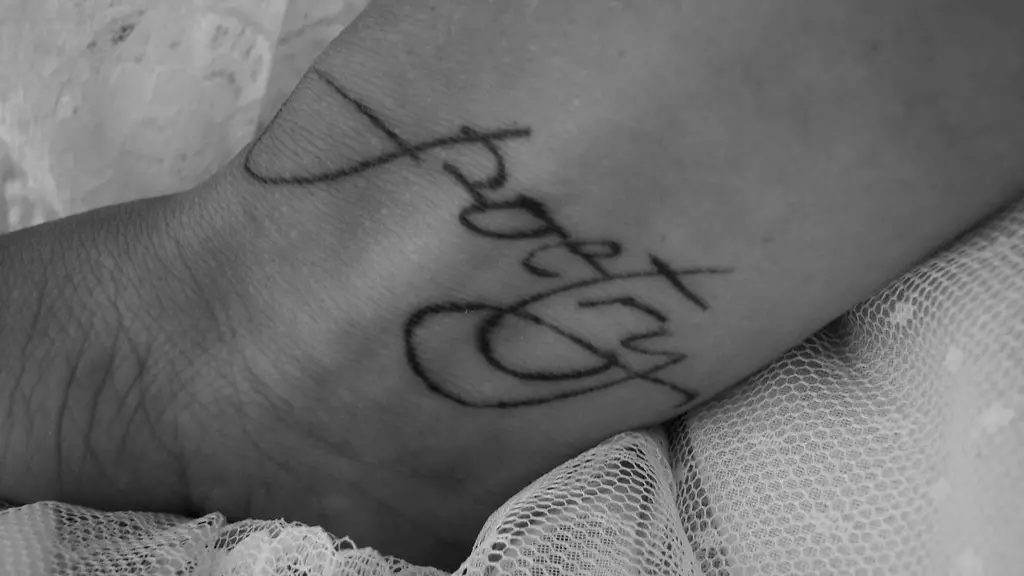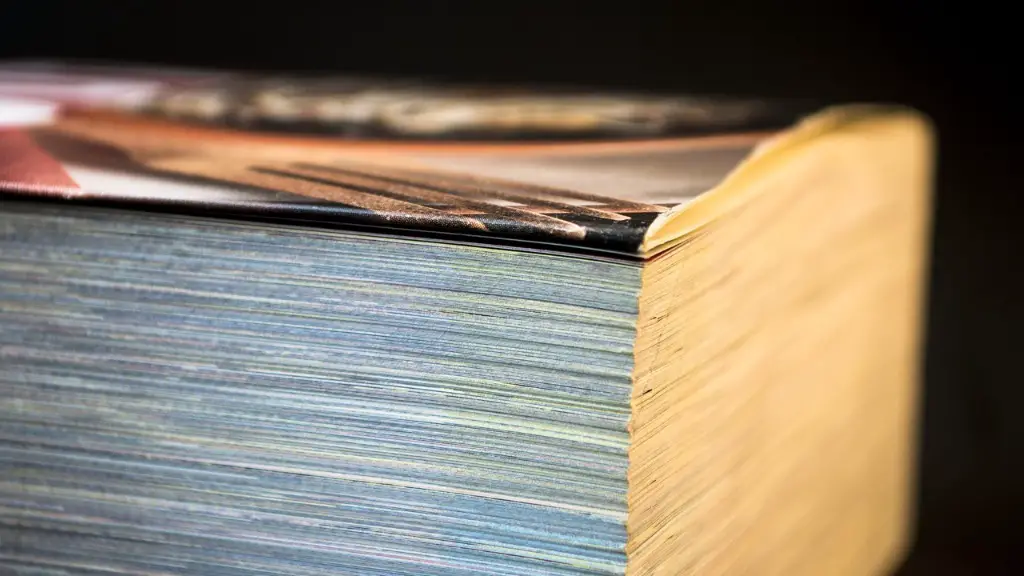What Are the Techniques of Poetry?
History can attest to the enduring nature of poetry. It has survived for ages, and continues to resonate with the modern-day reader. Yet, reading and enjoying poetry requires some understanding of the techniques used to compose the piece. A variety of metrics and elements add to a poem’s structure, meaning, and artistry — thus, mastering the craft of poetry requires getting to know each one.
The most common elements of poetry include meter, line length, form, rhyme, and imagery. Meter involves a systematic rhythm throughout the poetic line. Its basis stems from the traditional “iambic pentameter”, which consists of accenting the second syllable of each word. Line length dictates the number of words found in a line — short lines of three or four words are meant to be read quickly, while longer lines of 10 or more favor a slower pace.
Form means the type of poetry you’re reading. Common forms include sonnets, odes, or haikus. Lastly, rhyme provides an authoritative cadence to the poem. This is done by repeating multiple words throughout the work that end with the same sound — they don’t have to have the same spelling. Lastly, imagery represents a key part of poetic vocabulary. Similes, metaphors, and analogies provide easy-to-visualize comparisons for the reader.
In addition to these elements, various techniques are used to bring a poem alive. Assonance, alliteration, and repetition introduce a certain pattern for the reader to follow. Assonance is when a poet repeats the same vowel sound multiple times within a line. Alliteration requires multiple words repeated throughout each other that start with the same letter or sound. Meanwhile, repetition employs the same phrase or word in a poem to create a rippling effect.
The internal rhyme is another tactic used to create a specific pattern that emphasizes the points of a poem. The difference between rhymes and internal rhymes is that regular rhymes demonstrate a specific connection between two lines or phrases, while internal rhymes demonstrate a specific connection between two words within a single line. Additionally, syllabic verse lets the bard focus on determining the right words. It offers a specific focus on creating a pattern based on syllable count.
In the end, a poet’s work is a combination of these techniques, geared towards creating emotion within their work. Writers have their themes and messages — the techniques of poetry help them best communicate these ideas. Thus understanding the complexity of the craft allows for a richer reading experience for both you and the poem itself.
The Use of Imagery and Language
One of the clearest and most fundamental techniques of poetry is the use of imagery and language. Poetry allows writers to explore complex concepts using metaphor and simile — thus language becomes key to captivating the reader. Concepts are formed in the reader’s mind as the poet paints the picture with words and emotion. The goal of language is to provide an explanation or interpretation of those underlying meanings.
In classical literature, imagery and language were essential components of an effective poem. A classic example is found in Robert Frost’s poem, “Stopping By Woods On a Snowy Evening”. In the poem, Frost masterfully employs a seemingly simple four-line stanza to get his message across. Although the words are straightforward and simple, the author’s choice of words and imagery is utilized to draw the reader in and tell a story of loneliness and inner struggle within the speaker.
The use of language is also a significant aspect of the craft. Not only does it involve the literal words used in a poem, but also the diction and syntax. Poets use language in order to create sound and rhythm, then blend those two components together in a cohesive, palatable pattern. In an effective poem, this rhythm is then combined with imagery and language to create the poem’s overall mood and atmosphere.
Similes, metaphors, and analogies are also key to expressing complex ideas. By comparing two distinct but related items, poets can communicate a powerful message, helping readers to take one step further in understanding the poem’s notion. William Wordsworth’s “I Wandered Lonely As A Cloud”, for example, makes use of this technique by describing the speaker’s own thoughts as a “host of golden daffodils” — thus, equating his inner peace to that of the vibrant flowers.
The Role of Rhyme and Meter
The pairing and rhythm of words, or meter, sets poetry apart from other forms of written works. Although rhyme is not essential to every rhyme scheme or poem, it can be utilized to enhance the poem’s essence. Rhyme can be used to add structural consistency and can create a more memorable poem. While the two are different techniques, they work together to form an aesthetically pleasing, melodic sound.
The most common type of meter is iambic pentameter — a specific pattern of accented syllables that correspond to a line’s length and rhythm. This structure helps form structure, giving the poem it’s voice. William Shakespeare’s works are a perfect example of an effective iambic pentameter in a poem. His plays often utilized the same basic structure in order to frame the ideas and characters of his works. This technique is used to make his poetry seem more like a conversation as opposed to a lecture.
Another component is added when the poet adds rhyme to the technique. This could be an end-of-line rhyme, where the last words of each line are the same; internal rhyme, which is rhyming the middle of two words in the same line; or slant rhyme, which is when two words in a poem come close to matching up, but aren’t exactly the same. It is important to note that rhyme is not necessary in every poem; however, if used correctly and thoughtfully, it can transform the poem’s sound and make it that much more effective.
Motifs and Symbolism
Motifs, symbols, or figures of speech all present another form of communication in poetry. Motifs are reoccurring ideas, images, or words that appear throughout the poem that help evoke certain atmospheres, characters, or themes. Whenever a poet talks about a particular symbol that’s repeated in the poem, it can highlight the ideas in a more powerful way than simply using words alone.
Symbols have become an integral part of poetry, from Homer’s ‘wine-dark waves’ to modern-day symbolists, such as T.S. Eliot. Symbols give the reader a visual image to go with the poem’s theme, allowing for interpretation and understanding. In addition, certain symbols, such as the Christian Cross or the Heart, take on an iconic meaning that goes beyond the poem’s scope.
Figures of speech also provide an impressionable connection between the poet and the reader. Common figures of speech include similes, metaphors, hyperbole, etc. Similes typically require two direct comparisons with the words ‘like’ or ‘as’, while metaphors directly compare two objects or ideas. Hyperbole exaggerates an idea to help grab the reader’s attention, thus the techniques are used to draw attention to the poem’s importance and stand out from the rest.
Exploring Voice and Tone
Voice and tone are key components to the poem’s success and are used to further demonstrate the ideas set out in the poem. Voice is the narrator that speaks for the poem — it can be the poet, an outside source, or an omniscient third-person. It is important for the poet to choose the right voice for their poem in order for the reader to be able to relate and better understand its message.
The voice is a key part of the poem’s tone, which the poet should strive to keep consistent. The tone is crucial to maintaining a sense of purpose; if it’s changed, the poem’s message could be distorted or misunderstood. For example, if a poem is written in a harsh, aggressive tone, it’s difficult for the reader to interpret it as humorous. Furthermore, when it comes to the use of tone, the poet should consider the poem’s subject in order to best express the ideas.
The poem’s style is also an important factor in its success. Writing styles include more lyrical prose, like George Gordon Byron’s “She Walks In Beauty”; or the more structured “ode” style, like John Keats’s “Ode On A Grecian Urn”. Combining the right elements (voice, tone, and style) helps to convey the poem’s purpose and make it stand out.
Introducing Emotive Language
Lastly, emotive language helps to build the poem’s overall message and make it as powerful as possible. It is essential to be as honest and sincere in your language as possible; never lose sight of what you want to convey. In addition, her words should be used in such a way that results in a vivid image for the reader.
Sometimes, it is necessary for the poet to utilize his or her language to evoke certain emotions. For example, if the poem is about death, the poet should use language that allows the reader to feel sorrow and grief. Similarly, if the poem is about joy and enthusiasm, the language should be structured and chosen to provide a hopeful and uplifting tone. In the end, using emotive language is all about bringing the poem’s message to life.
The techniques of poetry are numerous and varied. As such, an effective poem requires an understanding of the different components found within the craft. Traditional elements, such as form and meter, as well as techniques, like imagery and diction, all work together to create a piece of writing that is as enjoyable to read as it is to write.
